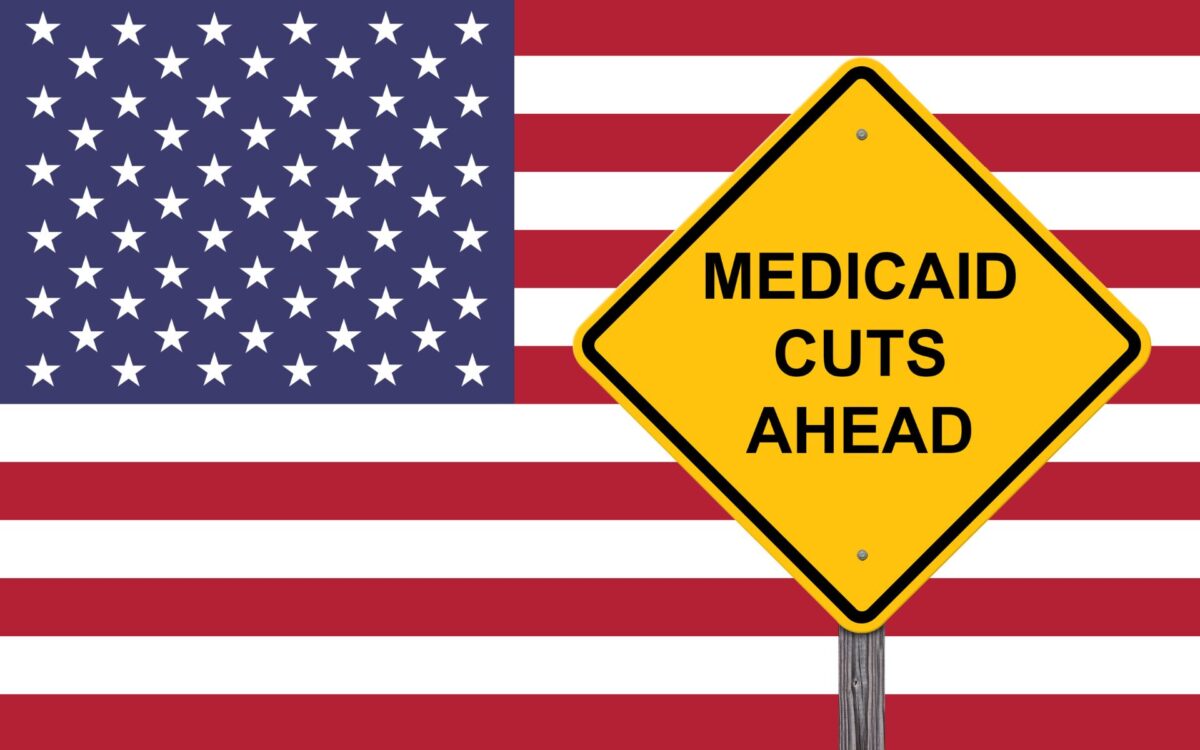The Republican budget proposal currently under consideration in the House of Representatives introduces a wide-ranging set of Medicaid cuts that could alter access to healthcare for millions of Americans.
According to the Congressional Budget Office, up to 8.6 million people stand to lose their insurance coverage if the plan moves forward. The scope of the proposal touches multiple layers of the U.S. healthcare safety net, but the most significant changes may come from subtle shifts in eligibility rules and funding structures.
Business Insider, citing recent demographic analysis, highlights the groups most exposed to potential coverage losses as the debate unfolds.
Children and Millennials Stand to Lose the Most
According to a Business Insider analysis of Census data, children under 18 represent nearly 40% of all Medicaid recipients, despite making up only about 20% of the general population. Millennials and younger working-age adults—especially those with low incomes or unsteady employment—also rely heavily on the program.
The average Medicaid recipient is 32 years old. Only about 40% of adult Medicaid recipients are employed, compared to 60% of all American adults. Many recipients are not actively participating in the labor market at all. These individuals are not working nor seeking employment, often due to caregiving responsibilities or having given up searching for work.
Socioeconomic Disparities Are Sharply Drawn
Economically, Medicaid recipients are among the lowest-income groups in the country. The average income for adults on Medicaid is around $21,654, less than half the average of $55,050 for all U.S. adults. Roughly one-third of them live below the federal poverty line, compared to 13% in the broader population.
Demographically, Medicaid recipients differ in several key ways from the overall population. They are less likely to be married, with a larger proportion either separated or divorced, and the majority are single. Women are slightly more likely than men to be enrolled.
In terms of education, Medicaid recipients are more likely to lack a high school diploma, and fewer than 10% have earned a bachelor’s degree. Immigrants are notably underrepresented among adult beneficiaries, despite political narratives often suggesting otherwise.
Regional Exposure Varies Widely
As of October 2024, at least 10% of residents in nearly every state were enrolled in Medicaid or the Children’s Health Insurance Program (CHIP). States like New Mexico and California have the highest participation rates, meaning they could experience disproportionate effects if cuts are enacted.
Medicaid currently covers about 79 million people, representing nearly one-fourth of the U.S. population. That coverage includes children, lower-income working adults, people with disabilities, and low-income elderly individuals.
What’s in the Proposal—and What’s Not
The plan advanced by the House Energy and Commerce Committee includes approximately $715 billion in Medicaid and Affordable Care Act cuts over the next decade. A key provision is the implementation of work requirements for low-income adults without children, set to begin in 2029. The bill also introduces more frequent income verification and increases in user fees.
Hospitals would no longer be able to use state-level tax mechanisms to maximize federal matching funds. In addition, copayments for doctor visits would be required for Medicaid recipients earning above the poverty line.
Other proposed restrictions target politically sensitive areas. The bill would block federal funding from being used by Planned Parenthood or other abortion providers, and would limit Medicaid expansion in states offering coverage to undocumented immigrants.
Yet, some harsher measures once discussed were dropped. The plan does not include a reduction in the federal Medicaid matching rate, nor does it impose a per capita spending cap—ideas that had been pushed by some Republican leaders.
Political Rifts Within the GOP
Despite the unified front in advancing the proposal through committee, internal divisions persist. Some Republican representatives hail from districts with high Medicaid dependency, making blanket cuts politically sensitive and potentially unpopular among their own constituents.
As the full House prepares to debate the proposal, the outlook remains uncertain. In the words of the article’s original commentary: “Of course, Trump’s big, beautiful bill is far from a guarantee.” This underscores the unpredictable nature of the negotiations ahead and the complexity of forging consensus within the party.









